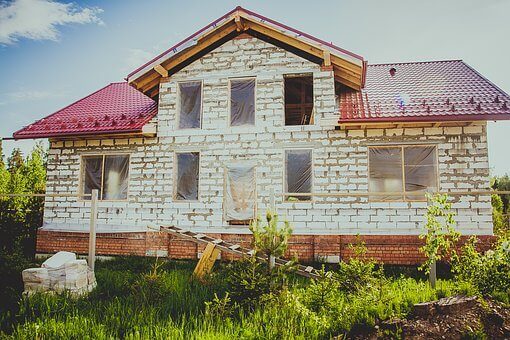Purchasing a historic home is a very exciting moment; you just purchased a piece of history and have endless ideas to transform this home to its original design. Imagine enjoying your morning coffee looking out into a field where a civil war battle was fought or sitting in front of a fireplace that a president was while making decisions for his country. The options and ideas are endless but renovating a historical home can come with many strict guidelines that need to be followed.
Before renovation can even start on your home, create a plan where you decide what you want the finished product to be and create a budget. Look through design books, tour other historic homes which have been renovated, meet with a design team who special in renovating historic homes. Having a plan and perhaps a project manager will save you money in the long run instead of jumping into this head first. “Queen of Old Houses” renovation specialist Nicole Curtis recommends following these five steps:
- Buy a historic home where you will be able to financially afford renovations and the dedication of time to the project. Stay away from homes which have a million problems because that equals $$$
- Hire a contractor who SPECIALIZES in restoring historical homes. National Register of Historical Homes has you follow strict guidelines when restoring homes and you want someone who is familiar with these guidelines.
- If you want to keep the original architecture but having a hard time finding what the home looked like, a little research can help unearth clues as to what the original design could have been. Nicole Curtis recommends scouring local libraries or looking in attics or neighbors home to locate original blue prints.
- Historic homes often were custom built for that particular home. So it seems likely that custom replacements would match the original design which intimates owners because of pricing. But more often than not, custom built pieces are more cost effective then stock items. So research what custom built pieces could cost vs. stock. You might be surprised!
- If it is not broken, do not fix it! When it comes to restoring an older home, keep in mind pieces that are not broken or still useable. Homes settle over time as well as their counterparts so if you rip out an original door a new one may not fit back into its place. If the door is still usable keep it in place but restore by updating color or hinges. Think “restore not redo.”
Historic homes can be a lot of fun to restore but do not take on a project that 1) you can’t afford or 2) do not have the time to dedicate. Create a project timeline or check list starting with bids of what needs to be renovated. You can start to get an idea of what updates will cost and a well thought out plan to get an idea of what needs to be done. Like “Queen of Old Homes” Nicole Curtis says, Think Restore not Redo but have fun and enjoy the project. Happy Renovating!
